HISTORY OF THE CASTLE
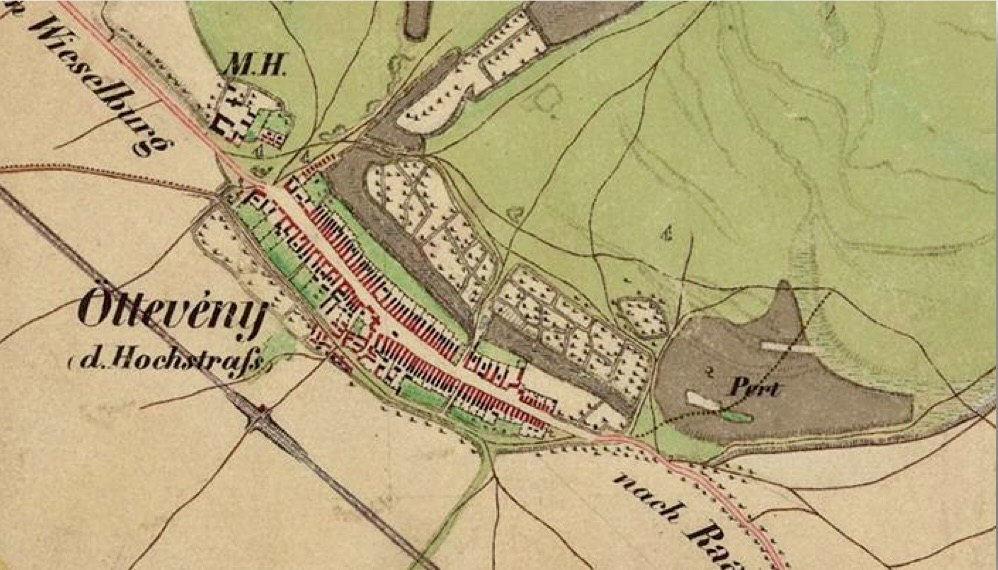
The Öttevényi Földváry castle is one of the jewels of Western Transdanubia, which is special not only for its architectural beauty but also for its history. Located only 15 km from Győr, in the village of Öttevény, it bears witness to the events of many historical periods and the glorious and tragic history of Földváry and the Csáky family. The castle was originally the home of Baron Miklós Földváry, which over the years has become one of the country's leading noble centres.

Historical Roots of the Village and the Castle
The name Öttevény is first mentioned in written sources in the 13th century, but its history goes back much earlier, as Bronze Age settlement traces have been found here. In the Middle Ages, Öttevény was the property of Komárom Castle, but was abandoned during the ravages of the Ottoman period. By the 19th century, however, it had once again become a prosperous settlement, and the history of the castle, which has become a symbol of the whole village over the decades, began.


Construction of the castle began in 1870 by Baron Miklós Földváry, who designed and built the new home for his beloved wife, Kappel Malvina. Construction lasted until 1972 The building was originally a "manor house", but was soon extended into a castle, which served as a home for several generations and as a noble centre.
the actual decision.
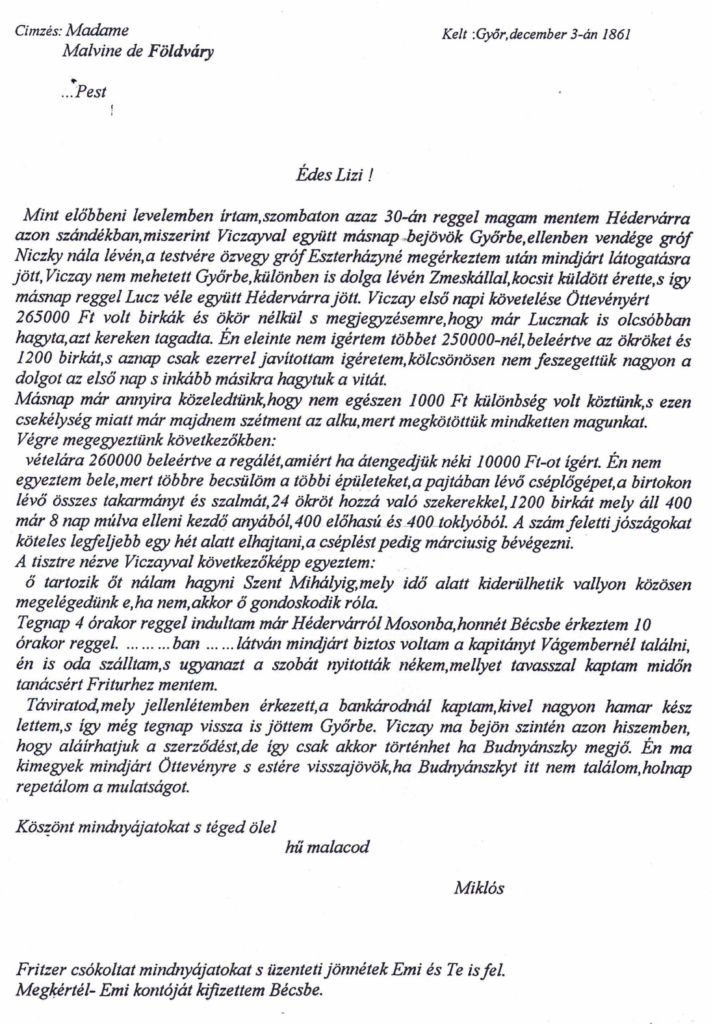
Miklós Földváry was a Hussar officer and member of Parliament who played a leading role in the political life of the period. Thanks to its location, the castle became a regular meeting place for the political elite of the time, and legend has it that important decisions on many national issues were taken here.
Nicholas and Malvina raised three children here: Elemért, Tibor and Valeria. Földváry Elemér became a Doctor of State Sciences and was also a member of the Upper House of Parliament. Tibor, the other son of the family, excelled in sport, becoming Hungary's first European figure skating champion in 1895. He also contributed to the development of international rules for figure skating, and his work is commemorated to this day by a marble plaque on the wall of the Budapest Figure Skating Rink.
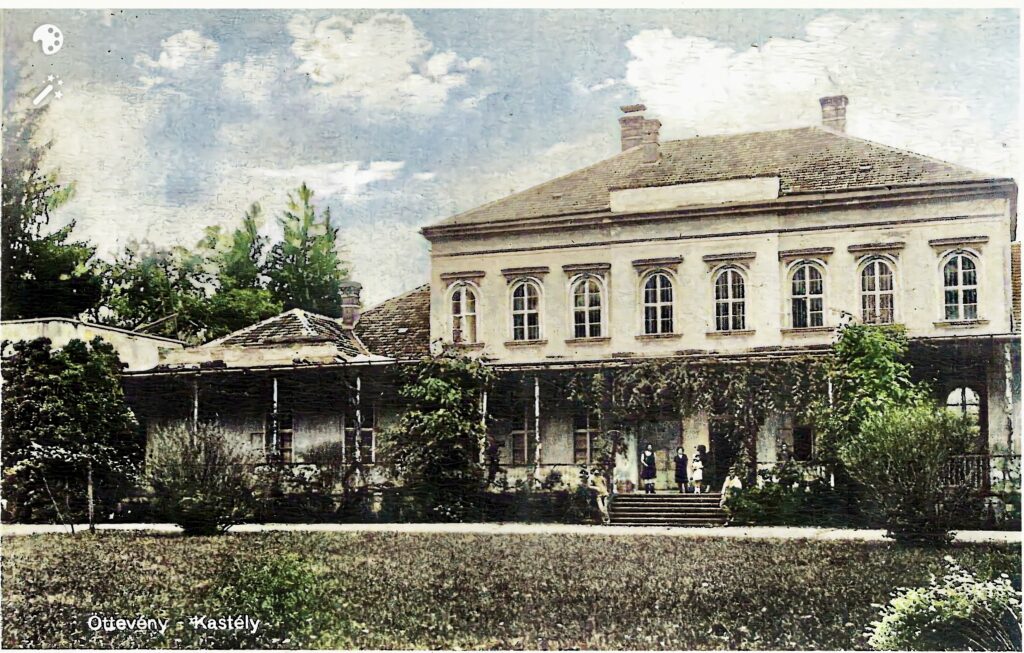
The role of Földváry and the Csáky family in Hungarian history
- Baron Földváry Nicholas de Bernátfalva (1840-1914) - The builder of the Földváry castle, a Hussar officer and Member of Parliament, who had the castle built for his wife, Kappel Malvina. Miklós played a major role in political life and the castle became an important meeting place for the political elite of the time.
- Földváry Elemér (1862-1936) - Földváry Miklós, son of Miklós, Doctor of State Sciences, member of the Upper House of Parliament and supervisor of the Pest County Evangelical Church District. Through his political and public activities he has had a great influence in the region and on the Hungarian political scene.
- Földváry Tibor (1863-1912) - Hungary's first European figure skating champion, who won the championship in 1895. He also helped to develop the international rules of figure skating. His achievements made him Hungary's first significant figure skater and he is still remembered in the history of the sport.
- Földváry-Elemér Boér (1930-1956) - A tragic member of the Földváry family, former owner of a mansion, writer and poet. Arrested in 1949, he was imprisoned in the notorious internment camps of Kistarcha and Recsk. His novel 'The Vulnerable', written about his experiences in the internment camps, is an important literary memoir of the dark period of deportation and internment. During his internment, he was sent to Kistarchy and then to Recsk, where he was a member of the 1608 strict labour brigade. In Rechsk he went on hunger strike because medicine was being taken away from the sick. He was not released even after the dissolution of the Recsk camp in 1953. After his release, he worked as a rubber factory worker, boiler heater and also in forestry and logging. He wrote a novel about his imprisonment entitled "The Vulnerable", which, in addition to his experiences in the Recsk camp, also deals with the deportations. He was seriously wounded in the volley fired at the Parliament and was hospitalised, but was beyond help as he had been shot in the lungs and liver.
- Count Károly Csáky (1873-1945) - A prominent member of the Csáky family, he was Minister of Defence between 1921 and 1927.Through his marriage to Valeria Földváry, he was connected to the castle of öttevény, which was a major political centre at the time of their marriage.
- Count Imre Csáky (1882-1961) - Foreign Minister, who served as Foreign Minister in 1920 and again from 1938 to 1941. Imre Csáky played a significant role in Hungary's foreign policy and diplomatic relations between the two world wars. After the Second World War he went abroad and died on the island of Tenerife.
- Count Andor Csáky (1896-1977) - A member of the Csáky family who stood out for his interest in art. He made amateur art at the Földváry castle, including a silent film drama in the early 1930s. In addition to his artistic interests, he was in contact with German and French film circles and used the castle as a creative centre.
- Count Albin Csáky (1841-1912) - Minister for Religious Affairs and Education, who held the post from 1888 to 1894. In addition to his political activities, he was involved in the reform of the Hungarian education system and launched a number of initiatives to improve religious education and public education.
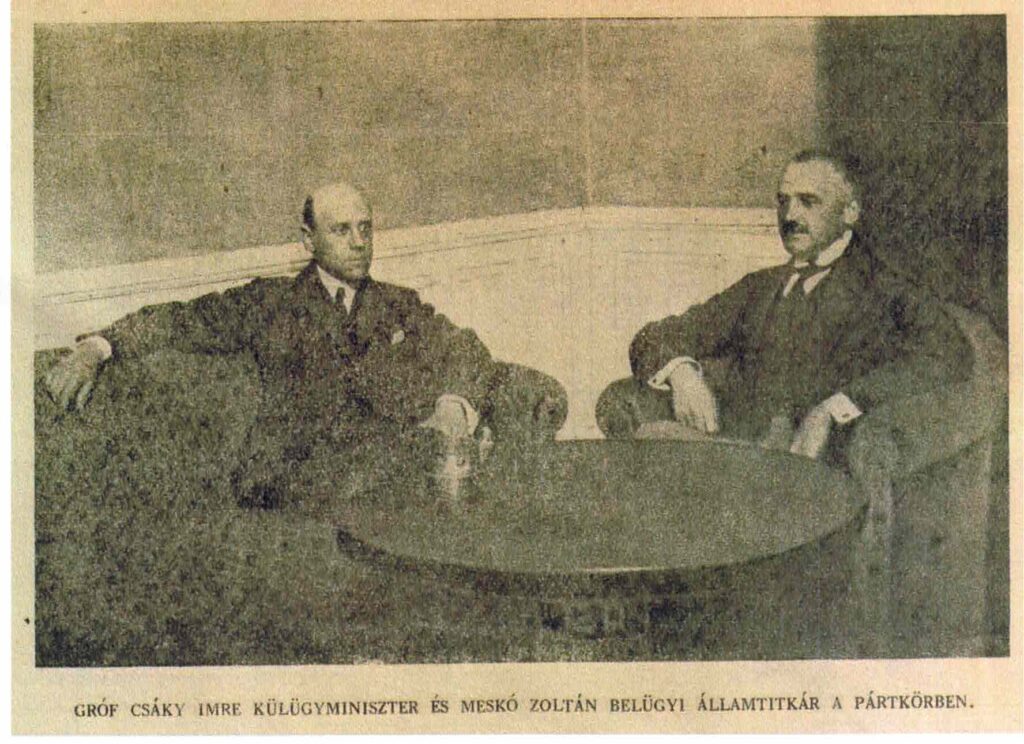
The women of the family were also important personalities.
The daughter of Földváry Valeria, who took back her maiden name after divorce, she has played a number of social and cultural roles throughout her life. She supported the cottage industry in Hungary and after the war helped to set up day care centres and children's wards. During her activities in Győr, she supported local women's associations and contributed to the development of village life, the modernisation of eating habits and the revival of the Hungarian cottage industry. Valeria Földváry was not only the heiress of the Öttevényi Földváry manor, but also played a prominent role in her community and the country through her selfless work for her village and the development of the Hungarian economy. Unusually for an aristocracy of her time, Valeria was not only an active member of the country's political and social elite, but also supported the local population and the rural economy through her concrete initiatives and personal contributions.
Work for Öttevény and the Development of Rural Life
Valeria was committed to supporting Öttevény and the village community. She believed that the development of the local economy was essential for the village and the Hungarian countryside as a whole. She encouraged the villagers not only to produce basic agricultural products but also to start growing modern and diversified crops. One of his initiatives was to promote among the villagers the production of vegetables, which at that time was a rarity in this part of Hungary. To this end, he organised regular weekly markets, where local people could buy fresh fruit and vegetables.
Promotion of the Hungarian Cottage Industry
Valeria paid particular attention to Hungarian cottage industry, which was an important pillar of the rural economy. She saw cottage industry production as a means of livelihood and self-reliance for rural women and families. He worked for years to promote and develop Hungarian cottage industries, especially handicraft embroidery, straw hat making and corncob work, not only in Öttevény but throughout the country. He often organised lectures and demonstrations where local people could learn about these techniques and draw inspiration from them.
He also regularly took part in various world exhibitions and international shows, such as the 1935 Brussels World Exhibition, where he headed a Hungarian pavilion presenting Hungarian cottage industry products. Thanks to his work, Hungarian handicraft products became popular not only at home but also abroad, providing a significant income for rural craftsmen and producers.
Civic Engagement and Women's Associations
Valéria was an active member of the Győr-based MANSZ (National Association of Hungarian Women), a women's association supporting social and cultural activities. Its aim was to strengthen links between rural and urban women and to promote their role in social welfare. Within the framework of this association, Valeria paid particular attention to supporting educational and cultural initiatives, was involved in the distribution of school books, in caring for the poor and in organising various social actions. She brought together women from different denominational associations to jointly support the community and those in need.
Child Protection Initiatives
The equipment of the children's ward of the Győr hospital was also completed with Valéria's support. After the First World War, she organised various charity collections and donations, which enabled the hospital in Győr to equip a new children's ward. In addition to improving children's health care, she also set up nurseries and day care homes for the children of working women. In these day care centres, he provided opportunities for women to keep their children safe while they worked, thus helping to increase women's employment and economic empowerment.
Poultry Farming and Agricultural Innovation
Valeria was also committed to modernising poultry farming. With the support of the Ministry of Agriculture, for the first time in Öttevényen a special Rhode Island started to breed red poultry in an attempt to encourage rural farmers to modernise their poultry farming. His initiative was aimed at improving the economic situation of Öttevényi producers and increasing the self-sustainability of rural households.
His legacy and impact on the Community
Valeria Földváry's work has had a major impact not only in and around Öttevény, but also throughout the country. Through her innovative initiatives and her work for the local community, she has set an example to members of noble families on how to contribute to social welfare and economic development. Through her social and economic work and her role in women's associations, Valeria made a difference at a time when women's initiatives and the modernisation of the rural economy were not yet widespread. Her legacy and impact are still remembered in the history of Hungarian rural life and economy.
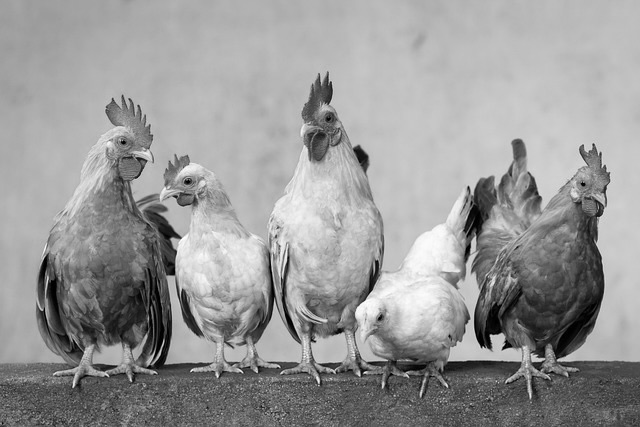
The significance of the Castle
The Földváry castle has become a symbol of Hungarian culture and noble life. Although the family has fallen on hard times, the memories, photographs and archival documents preserved within the walls of the castle still remind us of the glory days of the past. The Földváry manor house is now part of the cultural heritage of the Öttevényi community, although it has long been in a state of disrepair, the building has suffered from decades of lack of maintenance and the memories of the past, trapped within its walls, are fading with time. The state of the once magnificent castle has long symbolised the fate of the Hungarian nobility, who lost their home and power amidst the storms of history.
But the history of the Öttevényi Földváry castle will not be forgotten. The archival documents and family memories allow us to preserve the memory of the Csáky and Földváry families, whose lives, successes and misfortunes have contributed to the rich tapestry of Hungarian culture and history. For newer generations, the history of the castle and the family is both a lesson and an inspiration, encouraging them to appreciate and preserve the values of the past.
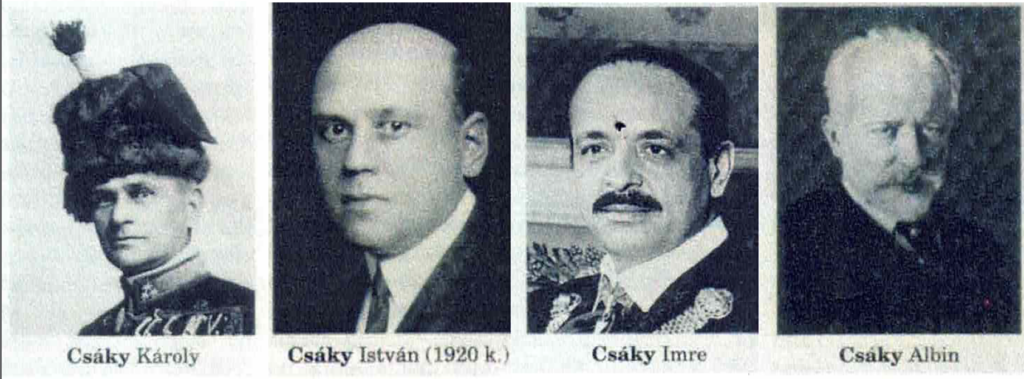
The Csáky Marriage and Heritage
The next significant chapter in the history of the Földváry family was written by his daughter Valéria, who married Count Károly Csáky, then Minister of Defence of Hungary, in 1895.
Through the Csáky and Földváry family connections, the castle has hosted a number of prominent political and public figures, including Count Imre Csáky and Count István Csáky, both of whom served as foreign ministers in Hungary. Thanks to the political influence of the castle, prominent public figures of the time also visited Öttevény, where informal meetings and important negotiations could take place.
The castle often hosted members of the Hungarian aristocracy, including the Földváry and Csáky families, who received distinguished visitors through other family connections, such as the Esterházy, Pálffy and Batthyány families, and politicians, officers and intellectuals, for whom the castle served as a kind of community and cultural centre.
Count Andor Csáky, the grandson of Valéria's son and Minister of Defence Károly Csáky, also owned the castle between the two world wars. Andor Csáky was a well-known amateur artist who made films and took photographs, and in the 1930s he filmed a silent drama on the estate. At the time, the castle also functioned as an arts centre for amateur actors and film enthusiasts, and was also in contact with German and French film circles. In his early years, Andor also studied poetry and economics, before turning to photography and filmmaking. In the early 1930s Andor was one of the pioneers of silent filmmaking in Hungary. In 1931, he filmed a two-act silent drama in the castle, featuring acting students and castle staff. Through the Count's contacts with the German and French film industries, and even the American Film Association, he consulted them while planning his own film. The castle was bought by the Kuster family shortly before the war.

Kuster family history
Emil Kustler and his wife Terézia were a talented catering dynasty. They ran the Hungária Café on Baros út in downtown Győr, on the site of today's Mc'Donalds. Their sons operated the Paprika tavern on the road to Abda at the Sopron junction, where the Disco is today. The Földváry castle was bought with the intention of establishing a Casino, but the plans for a luxurious grand palace were cut short by the arrival of the Russians and nationalisation. Aunt Kustlerneni was evicted from the castle, a house with no kitchen facilities was built for her next to the palm house and she tried to make a living by raising goats in undignified conditions, at the time as a working class enemy.
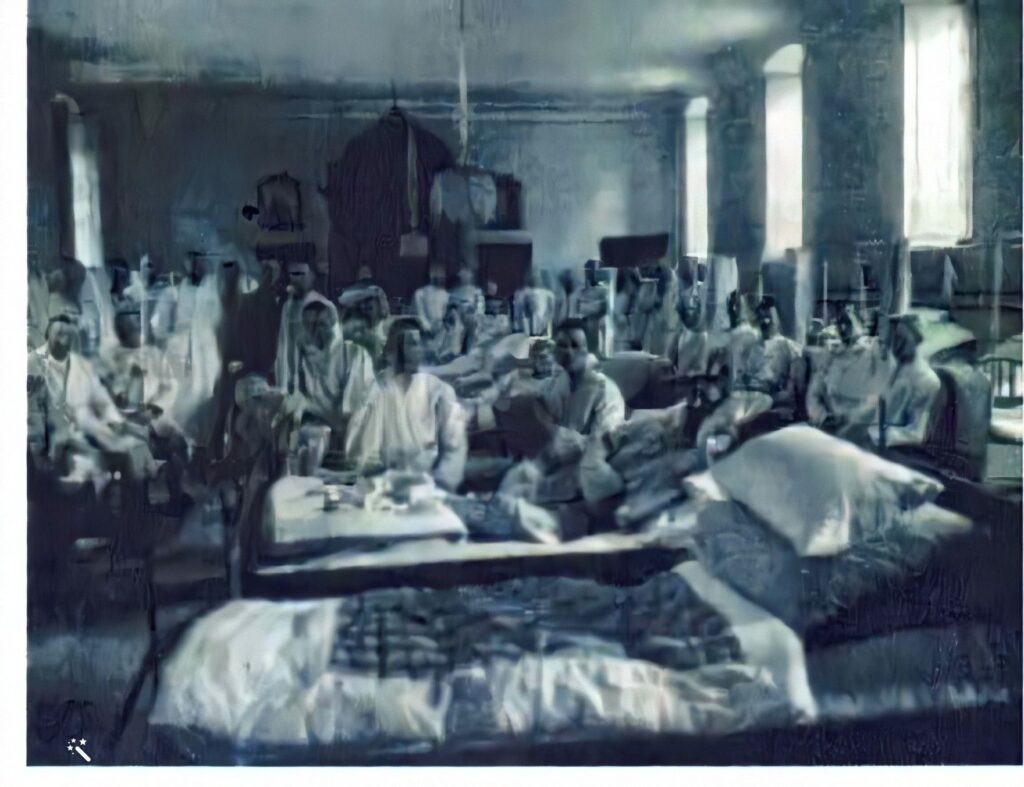
The Impact of the Castle and the Family in the 20th Century
Nationalisation in 1945 brought a dramatic turn in the life of the castle. During the Russian occupation, the estate was taken from the family and the furniture was raffled off to the locals, leaving the interiors without their original elegant appearance. During the war, the building was used as a military hospital. After the war, emergency housing was set up to temporarily house local residents. The nationalised mansion also served a number of other functions: it housed a pharmacy, a nurses' home, a machine station for workers at a nearby factory, party offices and other official premises. The new functions and the constant alterations have led to a steady deterioration of the building, which has lost its original historic character. A large part of the estate was parcelled up and distributed free of charge, radically changing the setting of the castle and its relationship with the Öttevény community.
Most of the Csáky family and the Földváry descendants were forced to flee abroad, as the new political system did not provide them with space and opportunities in their homeland. In her memoirs, Mária Földváry-Boér, a member of the family, recalled the hardships the family had to endure, including for her son, who was abducted during the Russian occupation and died of dysentery. Another family member, Elemér, died during the 1956 revolution after spending years in internment camps.
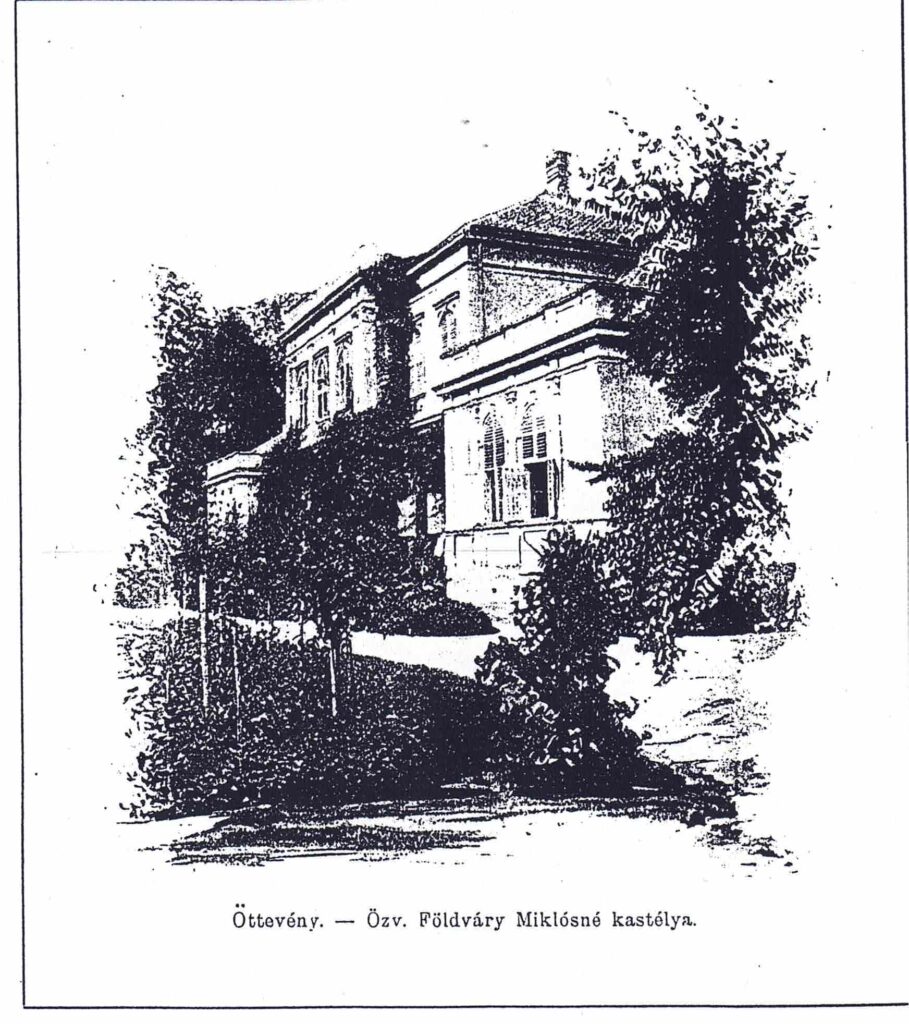
Wagon factory then owned by EDASZ Rt.
First the wagon factory, then in 1988 the building became the property of ÉDÁSZ Rt. (North Transdanubian Electricity Supply Company), and this marked the beginning of a new era for the castle. ÉDÁSZ started a major renovation project, and over a period of four years, careful work was carried out to restore the building to its original state. The former castle has been transformed into a modern three-star hotel, which has become a centre of social and tourist life in the region. The reopening of the castle as a hotel has allowed visitors to re-enter the building, enabling the local community and tourists to rediscover its history and beauty. The castle then went out of business for a while, with many people running and owning it, trying to make it beautiful and put it to good use.
NAPJAINKBAN...

The castle later became the property of the world famous Slovak tennis player Daniela Hantuchová. Hantuchová took great care in preserving and improving the castle, and sought to ensure that the building was a fitting representation of its historical significance. Through her personal commitment and care for the castle, Hantuchová did much to ensure that the building would not suffer further damage and would retain its attractiveness, and it was during this period that the castle became a 4-star hotel. Unfortunately, they were swept away by the Covid epidemic. The castle was practically bankrupt, sleeping beauty went dormant, and nature completely took over the building and the remaining park.

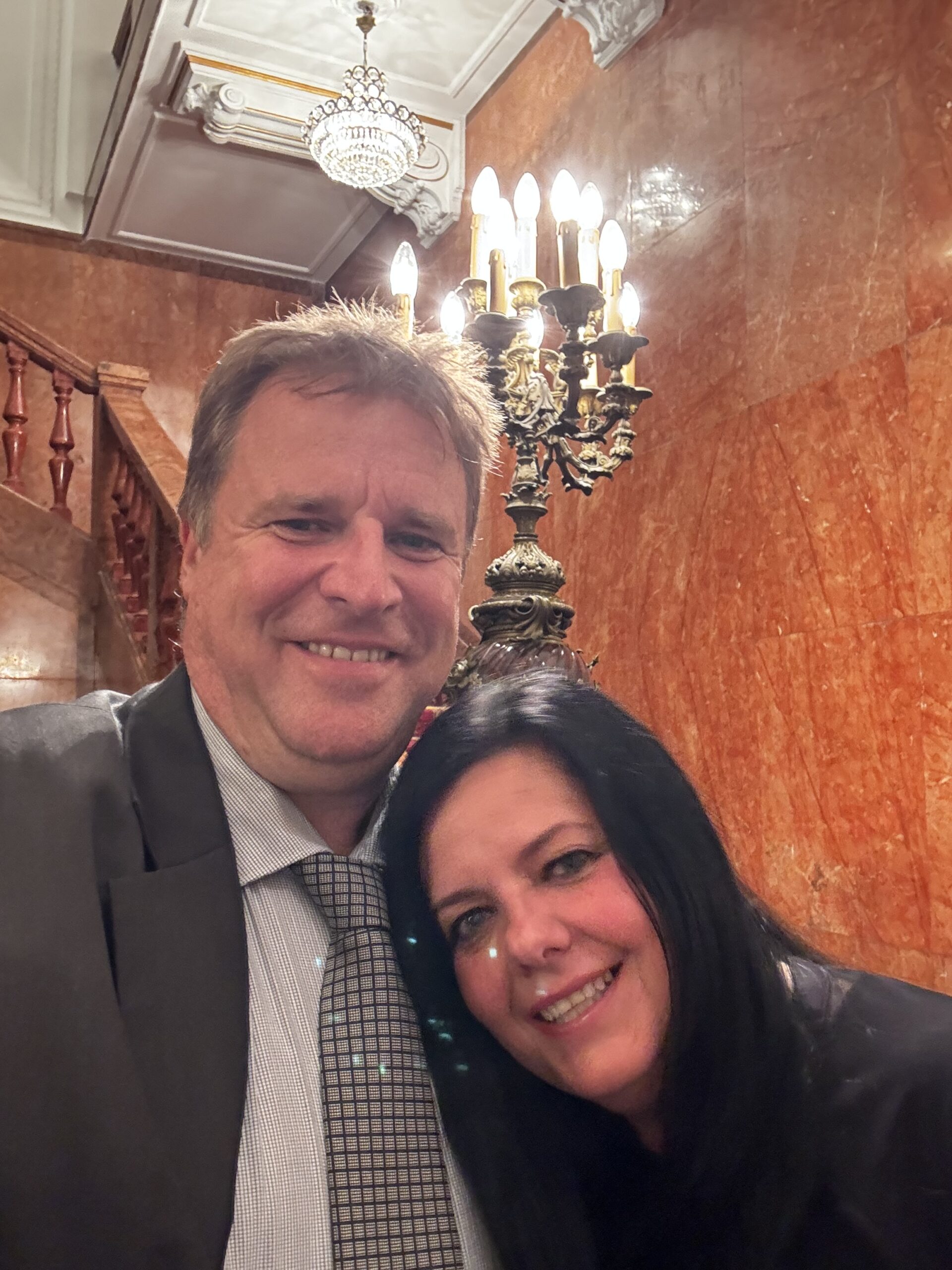

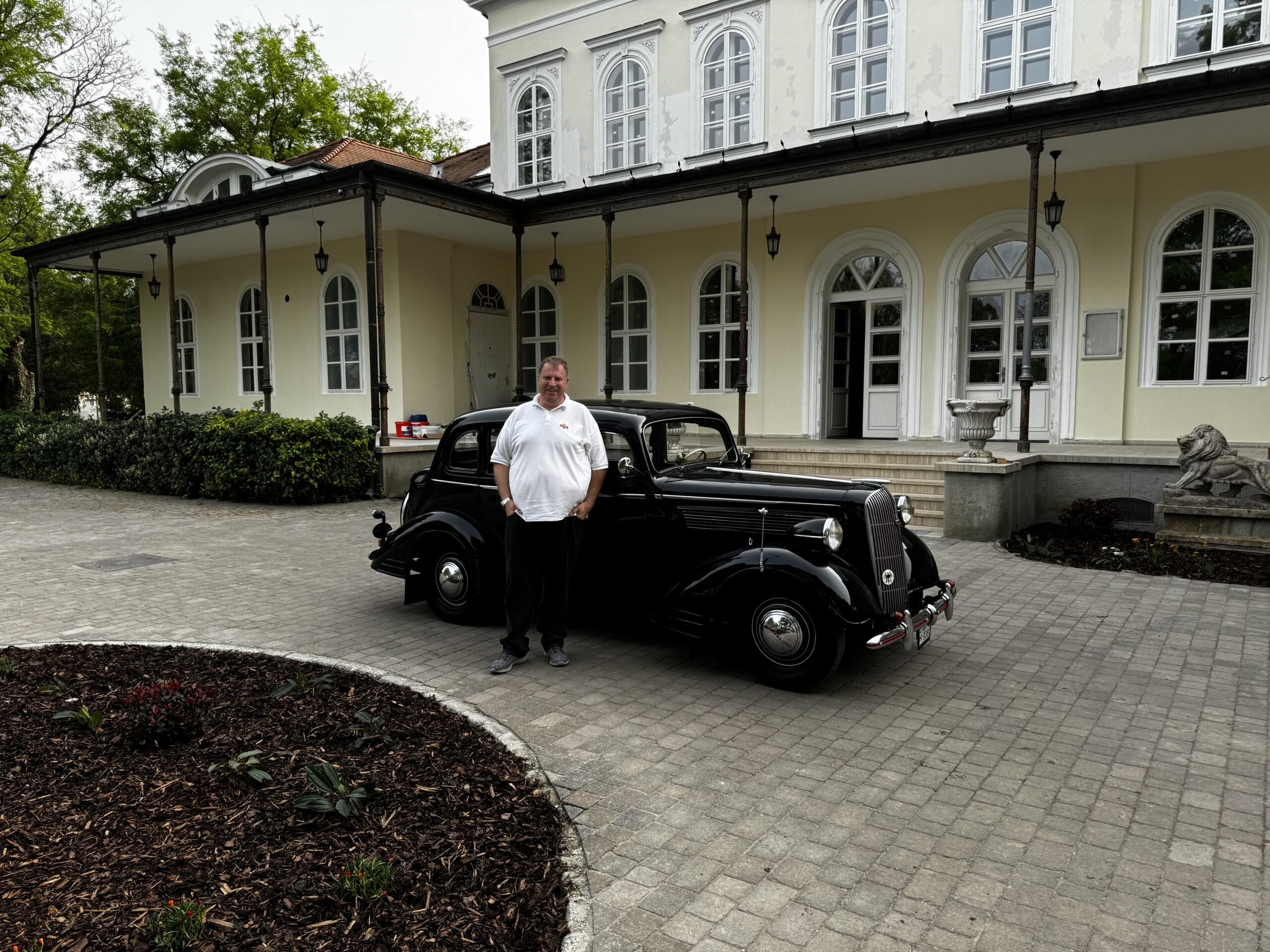



In May 2023, the Matusz family from Győr bought the castle and took another major step to restore the building to its former glory. The Matusz family has carried out a complete energy and interior renovation of the building to make it modern and sustainable. All of the mansion's finishes were replaced, with Versace tiles throughout and Roberto Cavalli wallpaper. Crystal chandeliers were brought from Murano in Italy and the castle was redecorated with period furniture bought at auction. The castle was opened to the public in April 2024, and is now once again a cultural and tourist centre. Thanks to the renovation, the castle now represents the heritage of the Földváry and Csáky families in a worthy way, attracting thousands of visitors interested in Hungarian history and noble culture.
Since then, the castle has hosted countless cultural and tourist events and has grown to become the wedding centre of the region. Countless newlyweds come to the castle gardens and the walls of the Old Town building to get married in all four seasons. The Castle has been extended to include a large rose garden and an Aquvaponia plant, preserving the tradition of its predecessors in village innovation.
The history of Öttevény village and Földváry castle has been intertwined over the centuries, making it one of the most important elements of the local historical heritage for the villagers. The local people are proud of their past and continue to preserve the historic spirit of the place.
